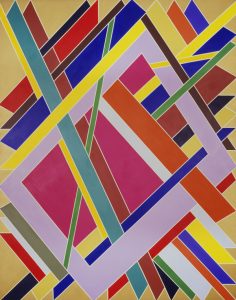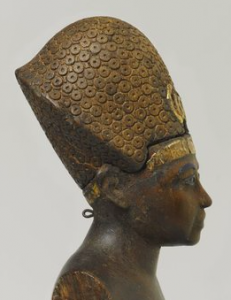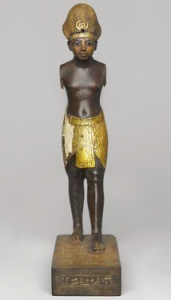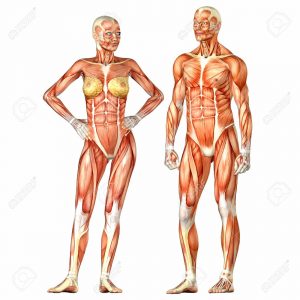Unit 1 was about the pedagogy and power, banking model, and formal analysis. The Banking Model is described as teachers simply passing on an idea to the students. The teachers talk and lecture while the students are quiet and receive the information. I have experienced this type of model many times in high school. Some teachers I had would not care to listen to anything the students had to say. They would think everything that they said was correct. I think this model has more negative aspects rather than positive. You might be able to learn something but it’s not the most effective and long-term method of teaching. I think its very important for teachers to engage and encourage their students to speak up in class. This helps a lot of students learn better. The pedagogical approach to any subject must be important when you want someone to learn. For example, if you’re teaching drawing you shouldn’t just put a fruits basket in front of the students and expect them to know how to draw. You would have to teach them the basics first.
Another thing we learned is formal analysis. Formal analysis is not only describing the art but also showing and understanding what the artist is trying to convey, visually. Everybody has different ways of looking at things so our own interpretation of art will have a play in what we think it means. When focusing on formal analysis, there are some characteristics we use: color, line, space and mass, scale. We also look at the composition of the art. Composition means how the artist combines all these factors in their work of art. We also use the historical context of an artwork. It relates to the things that happen during the time the art was made. It serves to give us a better understanding of the art and show why the artist decided to make this artwork.
It’s very interesting that you can learn so much about an artwork from its historical background. I never knew how to analyze an artwork before but after learning some basics on formal analysis it has become easier. When looking at the Titian Venus of Urbino, I noticed that a lot of warmer colors were used as opposed to cool or neutral colors. Colors like pink and red were used a lot. Another technique that was cool was looking at the way the artist catches your eye from the direction of lines. They guide your eyes intentionally from left to right. I personally thought that was interesting and cool how an artist can make you do that. Also, learning of the historical background of the painting really put it into a perspective of why the art was made.














